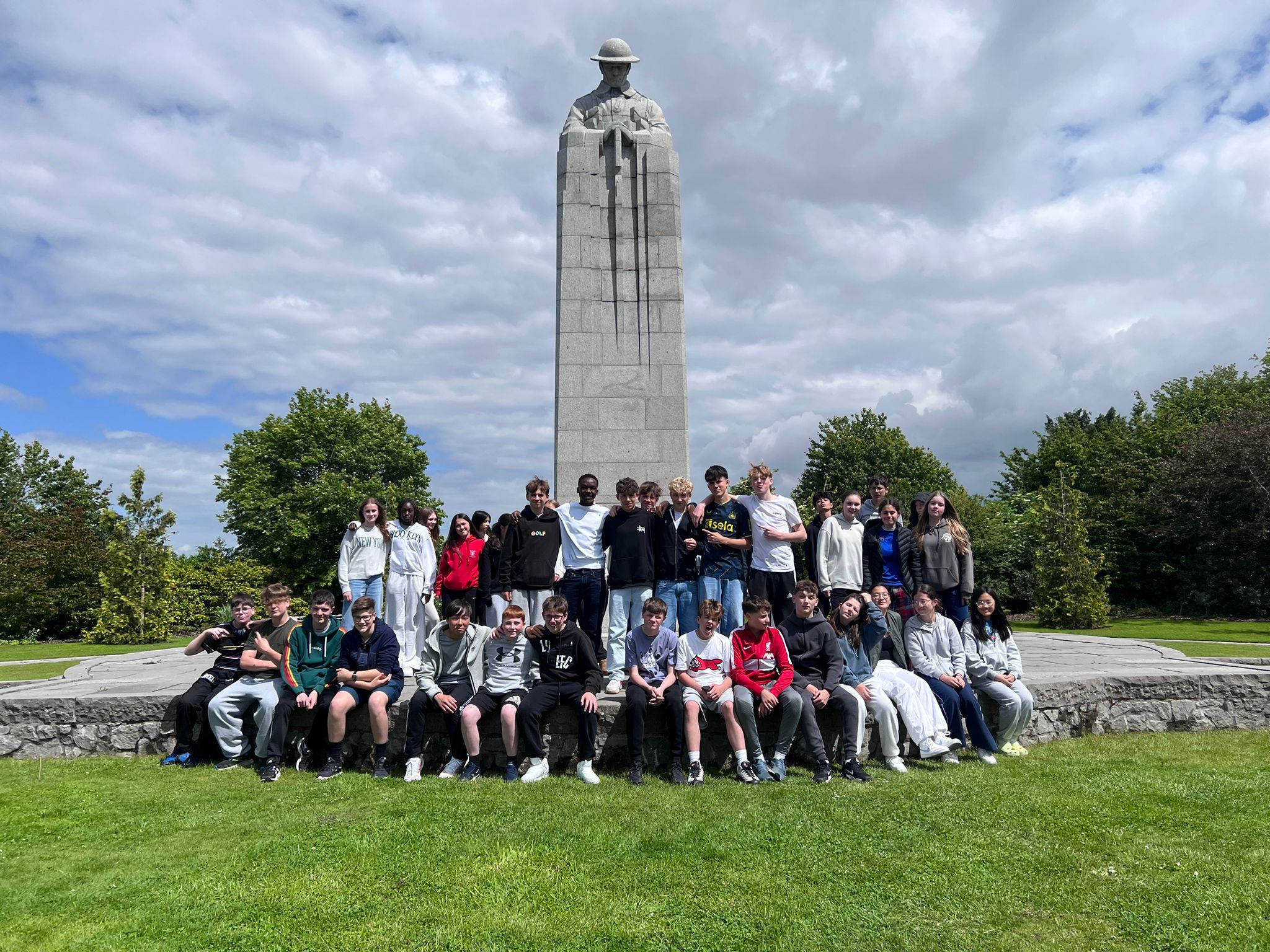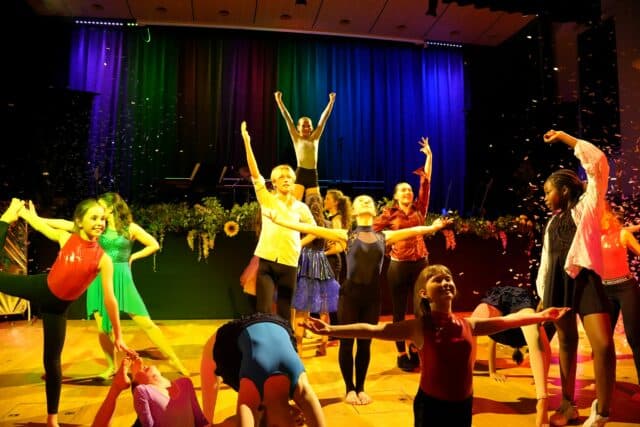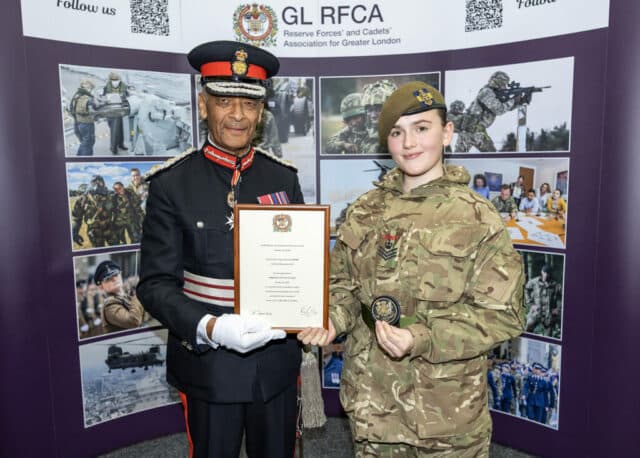It was an amazing experience for everyone attending and it opened our eyes to the realities of fighting in the war and the life of a soldier.
Day One
When we arrived in Belgium, we visited the Brandhoek cemetery where Noel Chevasse, a doctor working on the front lines, was buried. He was awarded two Victoria Crosses for his bravery during the war, one of only three men to achieve this. We then visited the Hooge Crater Museum, which was host to a reconstructed trench. This showed us the different ways trenches were constructed and gave insights into what life was like in the trenches.
Next, we visited the St Julien Canadian Memorial, which marks the first use of poisonous gas in the First World War. This memorial is particularly powerful as the monument is positioned like a sentinel, commemorating the fallen Canadian soldier. Then we visited the Essex Farm Cemetery, where the Canadian Doctor John McCrae wrote the famous poem In Flanders Fields. We found out that he wrote the poem after losing one of his friends, and how the poppies that grew in the battlefields were his inspiration. Before dinner, we visited St Georges Chapel, where there is a plaque remembering the 163 Old Epsomians who lost their lives during the First World War.
After dinner, two Epsom pupils, Elisa Bauer and Drew Langley, represented the College in a remembrance service at the Menin Gate by placing a wreath during the ceremony. On the walls of the building, there are 70,000 names of undiscovered soldiers showing the massive scale of people who died in the war. To finish the day, we went to a local chocolate shop where we indulged in some delicious Belgian chocolate.
Day Two
The next day we visited Hill 62, a highly fought-over piece of land due to its height (62 metres above sea level). It was very interesting to hear about how the Germans captured the land from the Canadian forces and how they were fighting over this land because of the huge advantage its height gave them. Then we went to Hill 60, where we learnt about mining and tunnelling warfare. We saw Caterpillar Crater, a huge crater formed by a mining explosion, detonated under German lines. We found out how essential mining and tunnelling was during the war.
Next, we visited Tyne Cot Cemetery, where 12,000 Commonwealth soldiers are buried. We spent a while looking at the graves and finding the names of a few Old Epsomians on the walls of the cemetery. We then went to the Passchendaele Museum, which had very interactive displays and a replica underground bunker system that helped us to imagine what life may have been like for a soldier during the war. The museum also had a life-size trench which highlighted the different styles of trenches. Afterwards, we looked around a German cemetery, called Langemark cemetery, where 40,000 German soldiers are buried. We read some of the letters written by a German soldier to his mother which helped to illustrate a different perspective of soldiers on opposite sides of the war.
To end the trip, we visited Lijssenhoek cemetery, and we explored the stories of many people buried there, including two Old Epsomians, Clement Lucas and James Crombie, who were remembered by pupil speeches from Lucy Peer and Maynard Mutamuko. It was fascinating to hear their stories and know that they were once where we are now. We also heard the story of Nellie Spindler, who is one of only two British female WW1 nurses buried in Belgium. At the cemetery, there are also members of the Chinese Labour Corps buried and we spoke about why their contribution was so significant to the war effort.
Overall, the trip was very informative and moving. For all of us, it introduced new ideas and understanding about the First World War and the lives of soldiers experiencing it.





